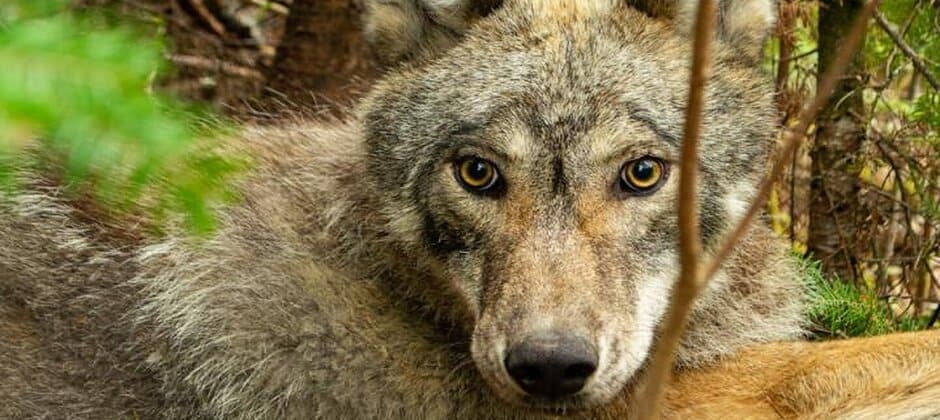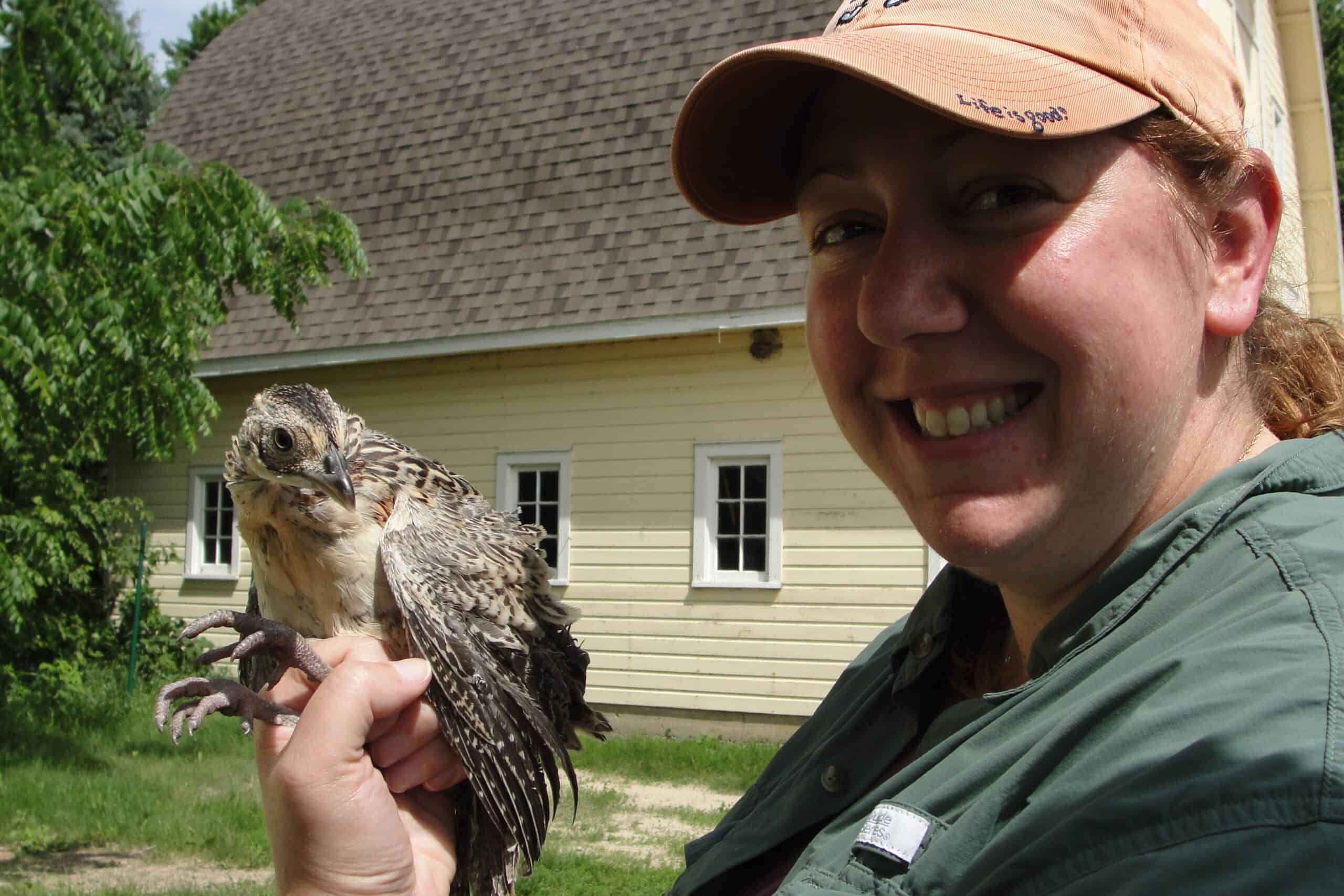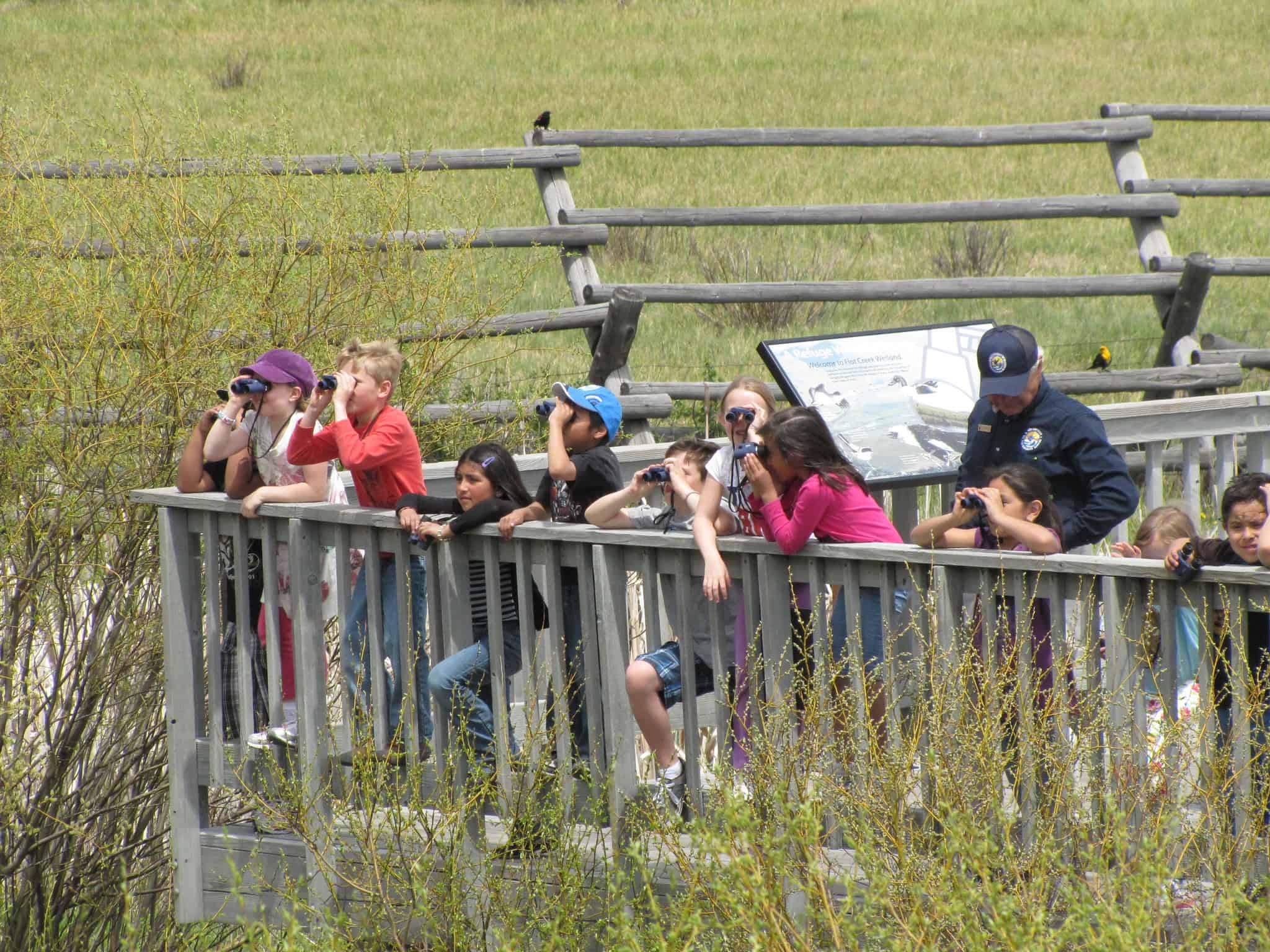Share this article
Watch: How wolves ambush their beaver prey
Wolves are often known for hunting in packs to track down prey species like deer, elk or bison. But in some areas during the summer, wolves will also go out on their own to track down a beaver. How do they get a hold of this semi-aquatic species? Researchers recently found they take advantage of beavers’ poor eyesight, and manipulate their sense of smell.
“Beavers are not the primary prey species of wolves,” said Thomas Gable, the project lead of the Voyageurs Wolf Project, a long-term research project looking at wolf behavior in Minnesota’s Greater Voyageurs Ecosystem, which includes the area in and around Voyageurs National Park. “But they are an important secondary prey species and are unique prey for wolves given their behavior and natural history.”
Gable led a study published in Behavioral Ecology looking at the techniques wolves (Canis lupus) use to catch beavers (Castor canadensis) over a five-year period. From past research, he and his colleagues knew that wolves generally sat and waited before ambushing beavers. Using GPS collars, the team was able to track down these ambushing sites. They decided to record information at those sites such as how far wolves were waiting from the water, how long they waited, wind direction, and more. “We did this to understand how wolves were picking spots,” he said.
He and his colleagues searched almost 12,000 locations where wolves spent time. They documented 748 locations where wolves waited for beavers and 214 successful kills.
The team already had an idea that beavers have bad eyesight, which may make them susceptible to ambush attacks. But they decided to put the rodents’ vision skills to the test. They set up metal cutouts of wolves as decoys where they knew beavers would be on land and recorded videos to see how beavers responded. “That was sort of a proof of concept,” Gable said. “They don’t recognize what it is, and walk right by it.”
That response made sense when they reviewed their data about how close wolves were when they ambushed beavers. In fact, they found wolves waited out in the open only about one or two meters from where beavers were active on land, taking advantage of their bad sense of sight.
But sense of smell also played an important role in strategy. The team mapped out beaver and wolf activity and referenced wind direction from weather station data to see what type of wind correlated with ambushes. They found 89-94% of the ambushing sites were downwind, where beavers weren’t able to smell them.
The researchers also determined that wolves spent eight to 14 hours waiting to ambush their prey. And many of those attempts weren’t even successful. Gable said beavers are a challenging prey for wolves to hunt and kill. “Wolves are putting a lot of time and effort into catching beavers, but they’re not catching that many,” he said. In addition to having to find the perfect spot to wait, beavers are also similar in size to an adult wolf and are full of muscle. “They’re football shaped pieces of muscle with gnarly teeth,” he said. “All they have to do is reach the water to get away from a wolf.”
But understanding how wolves stalk and catch beavers is important for understanding the boreal ecosystem, he said.
Beavers are ecosystem engineers that build dams and cut down trees, and being ambushed by wolves could change beaver behavior and the ecosystem. In past research, Gable confirmed that wolves can, in fact, stop beavers from creating their ponds in the park. “The impact could be substantial if beavers are adapting behaviors in significant ways,” he said.
Watch this video to see how beavers’ poor eyesight hinders them from perceiving wolf decoys:
Header Image:
Researchers found that wolves have evolved ambush hunting tactics to catch and kill beavers.
Credit: Voyageurs Wolf Project








